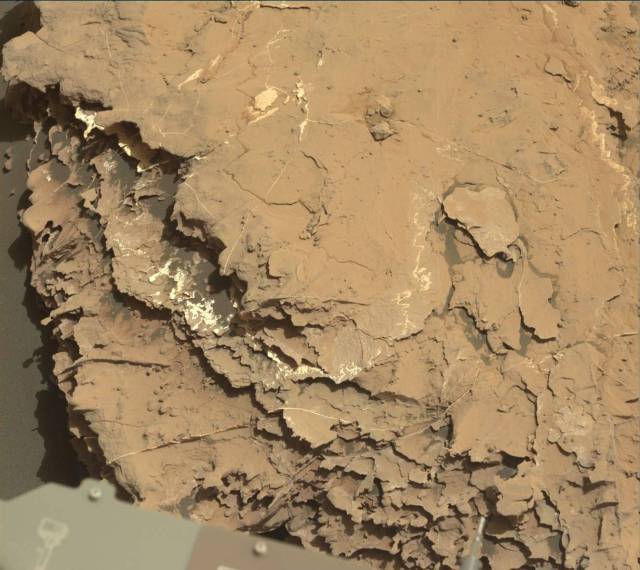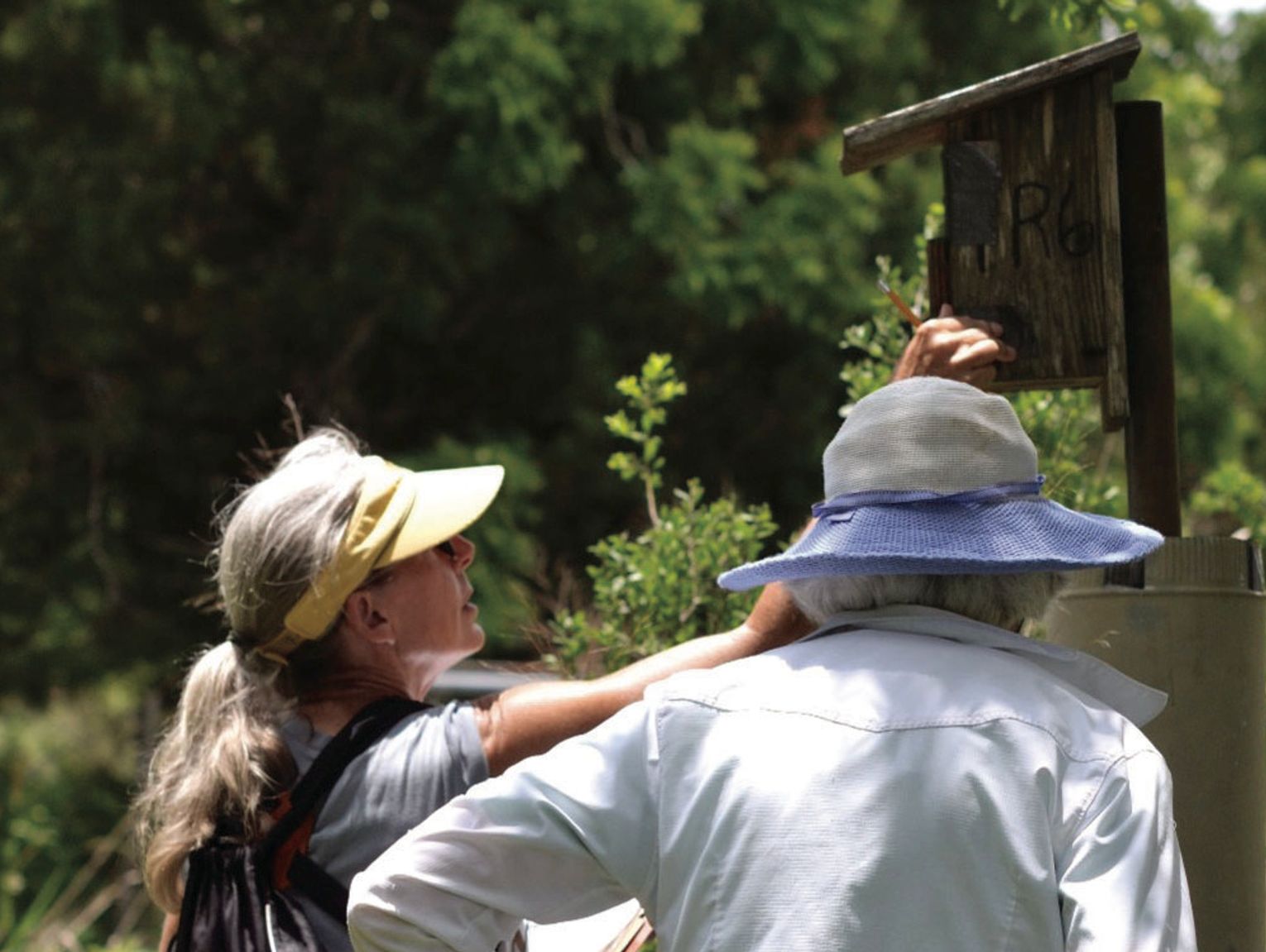Curiosity is currently exploring the Blunts Point member of the Murray formation and searching for a suitable location to drill in the near future. The SOWG Chair led the team in putting together a busy weekend plan focused on completing contact science at the current location and driving further north into the Blunts Point member.
The plan includes a ChemCam water adsorption experiment to investigate seasonal variations in hydrogen in the soil at different times of day. On Sol 2048, Curiosity will conduct its first sol by conducting contact science activities such as taking a MAHLI “dogs eye” image of the “Culver” target to assess the relationship between veins and bedding. This will be followed by using the DRT, MAHLI, and APXS instruments on typical bedrock at the “Floodwood” target, and conducting additional MAHLI and APXS analyses on the “Carleton” target to look for variations in chemistry.
After completing its overnight APXS integration on the “Floodwood” target, Curiosity will conduct another ChemCam water adsorption observation early in the morning on Sol 2049. Mastcam multispectral images will be taken around midday to document these activities, along with a ChemCam passive sky observation and documentation images of its targets. On Sol 2049, ChemCam LIBS will also be used on the “Mountain Iron” target to assess its composition of dark nodules.
On Sol 2050, Curiosity plans to drive approximately 10 meters northward before performing post-drive imaging to prepare for potential contact science activities or moving to a drill location in the following week. Despite recent downlink volumes leading to tight data volume for this plan, efforts are being made by Mars Science Operations Center (MSOC) team members to manage data usage effectively for upcoming activities scheduled.



